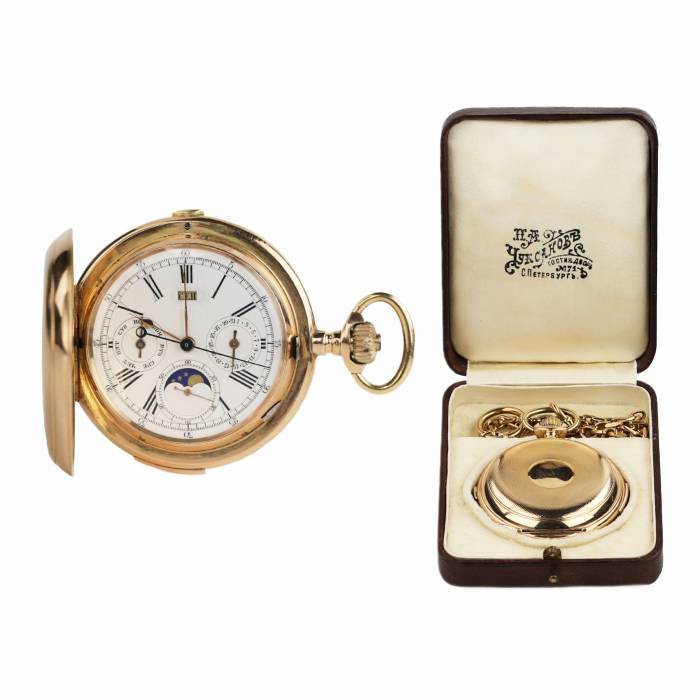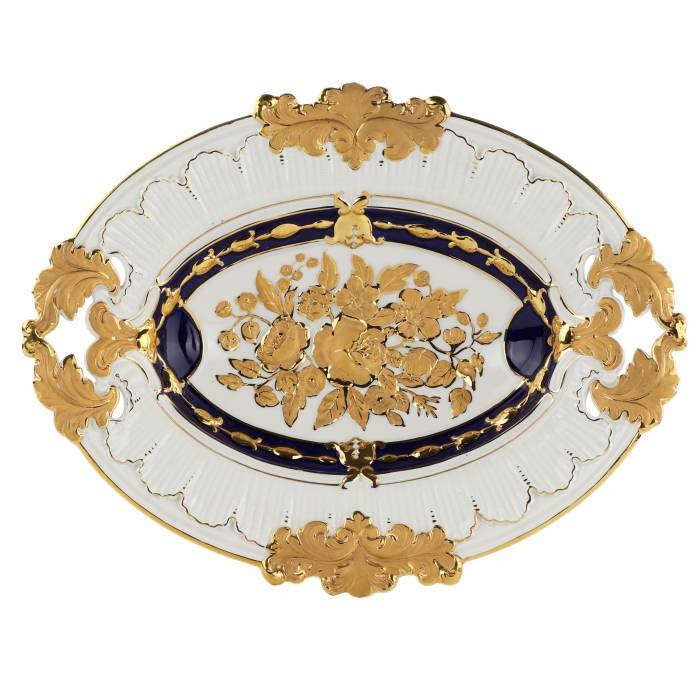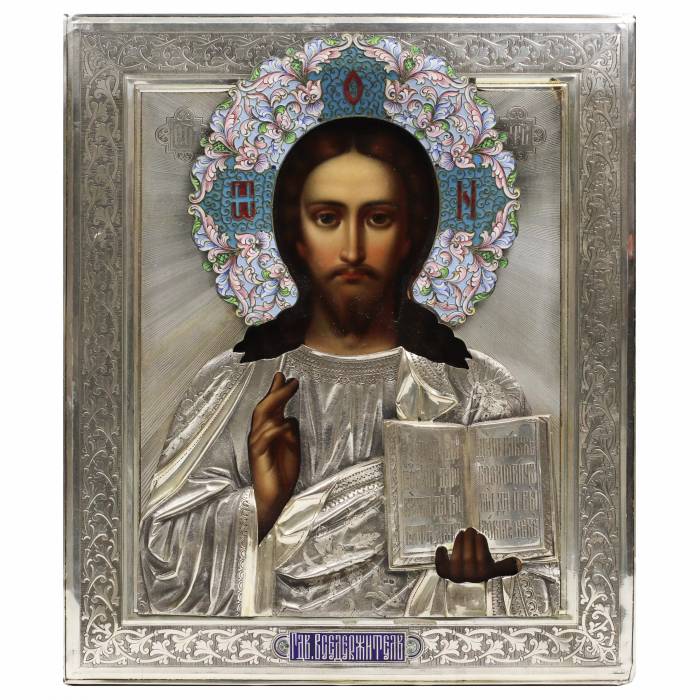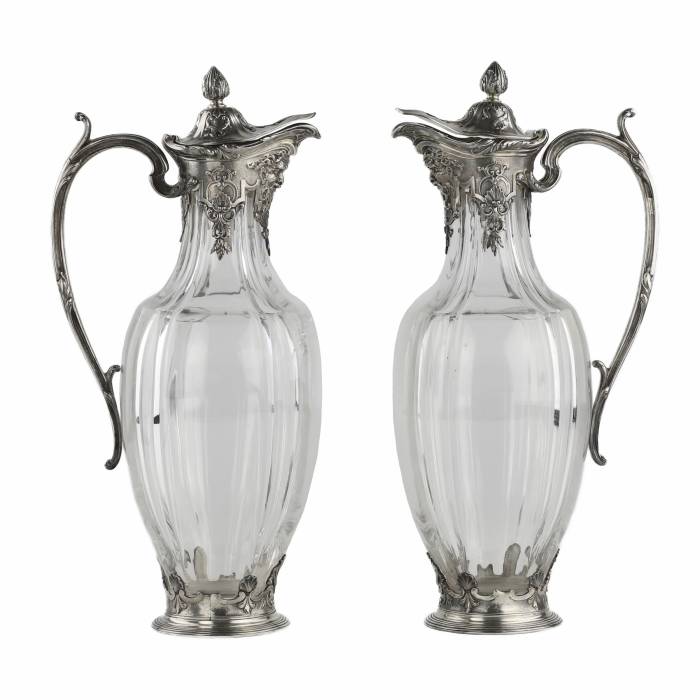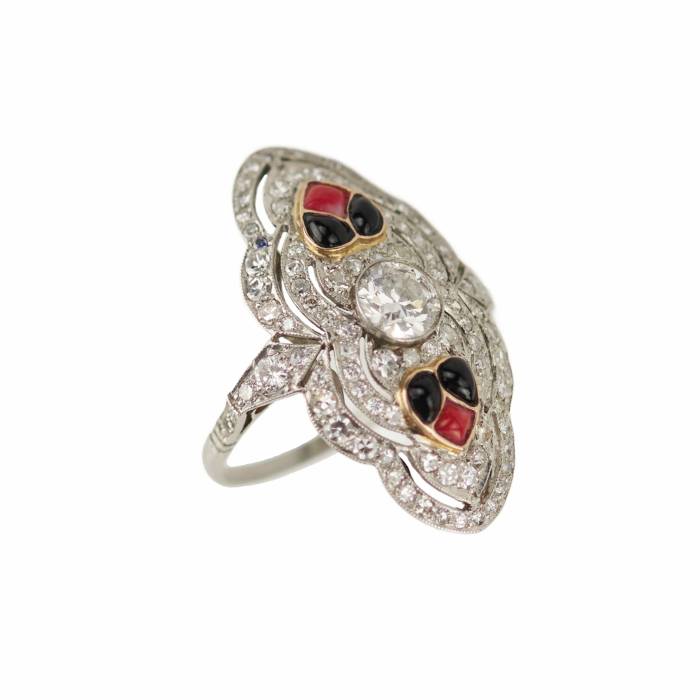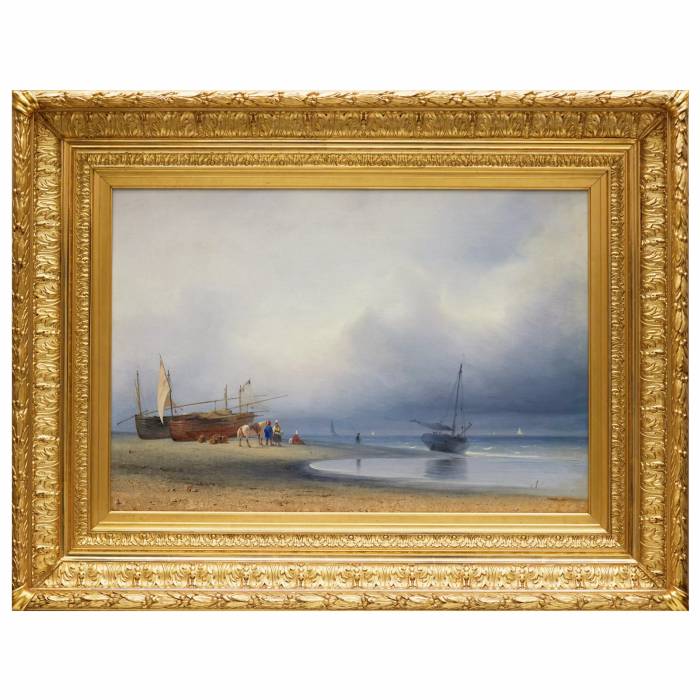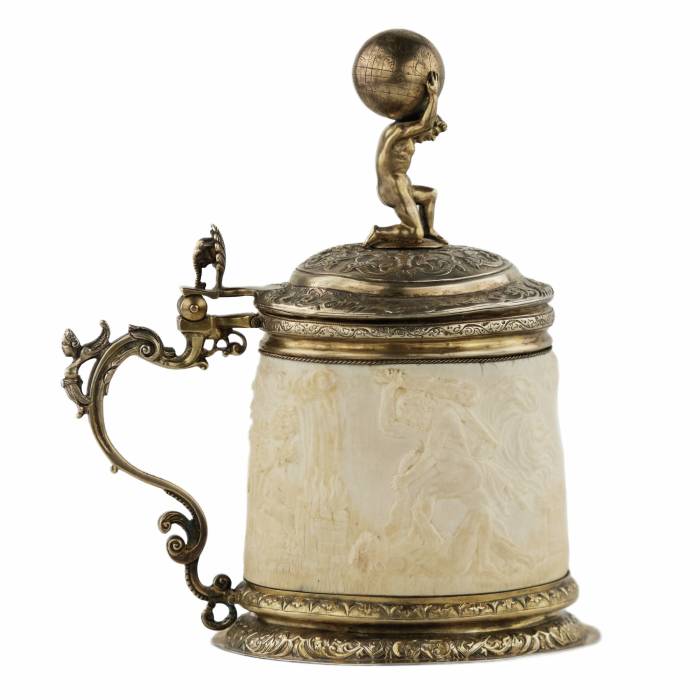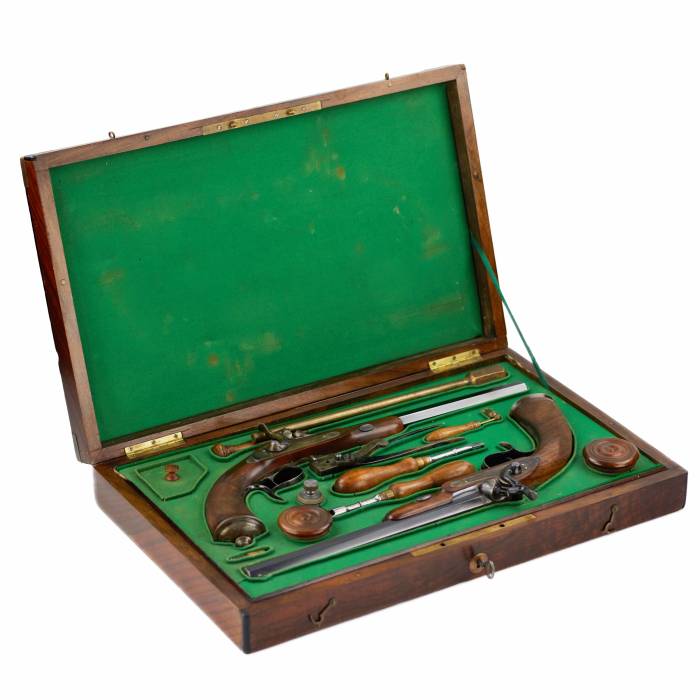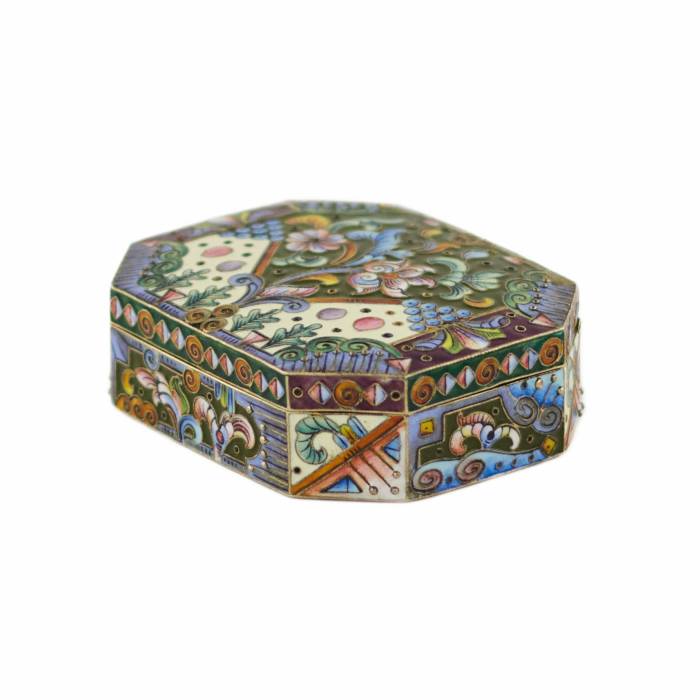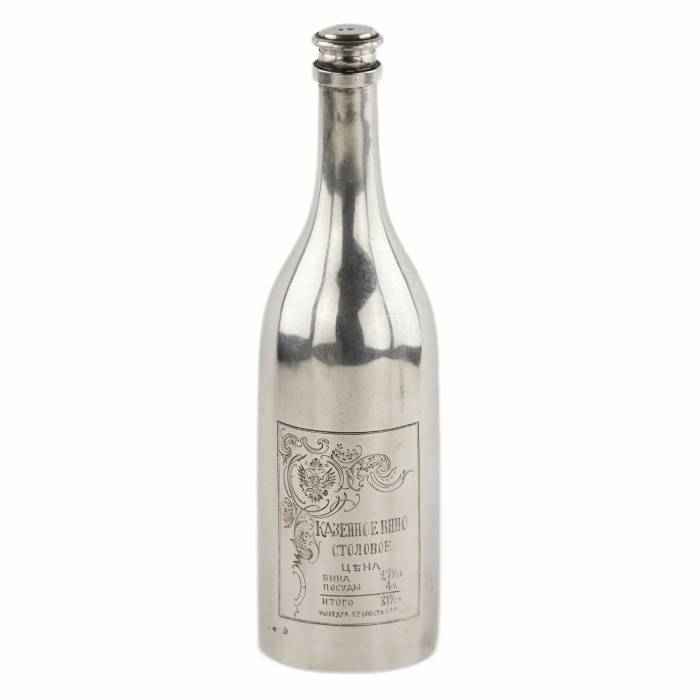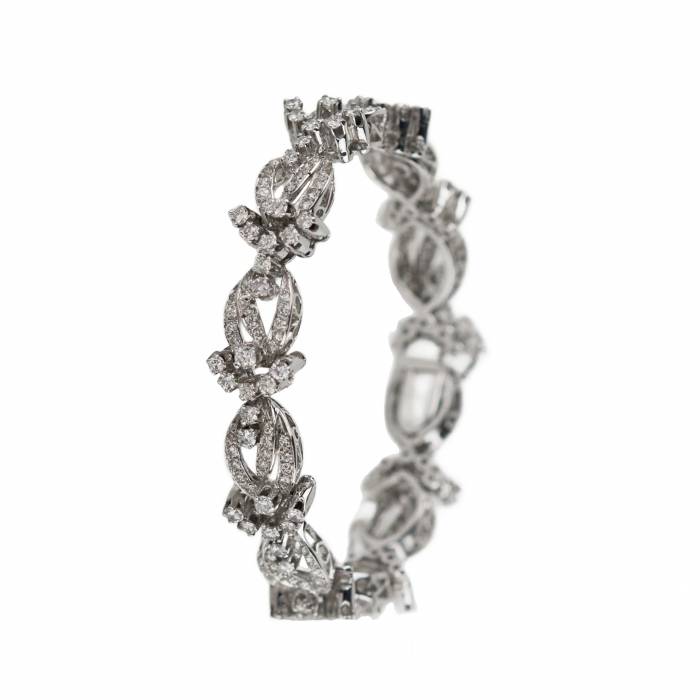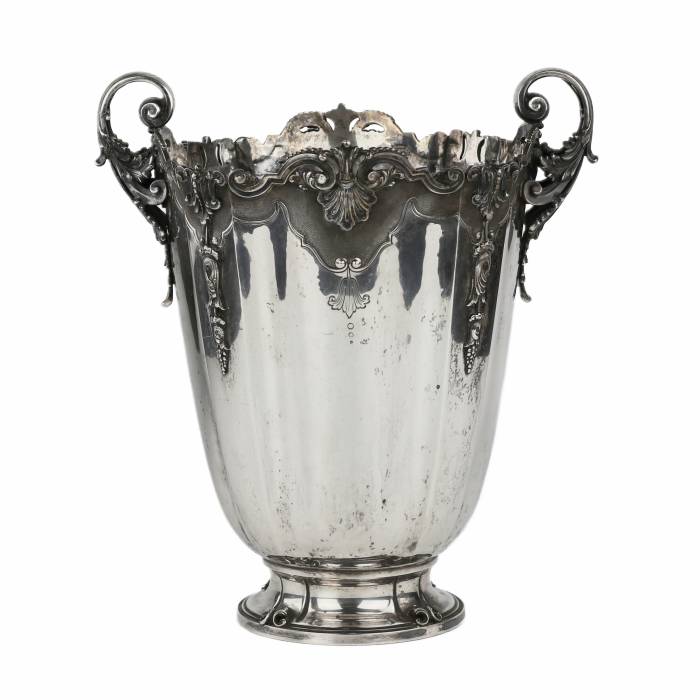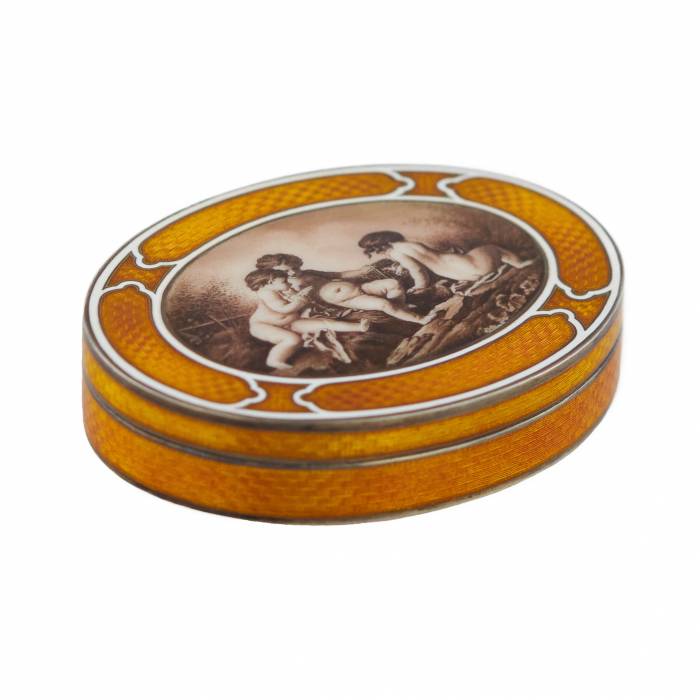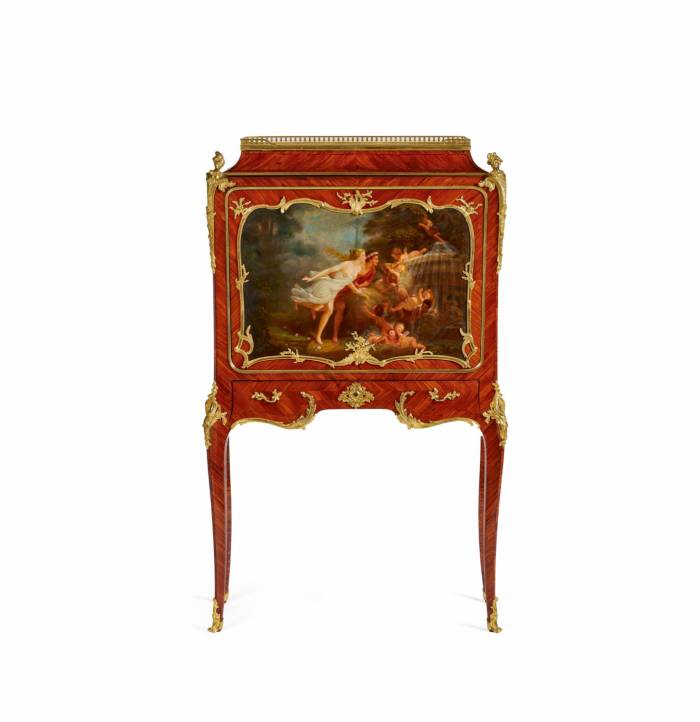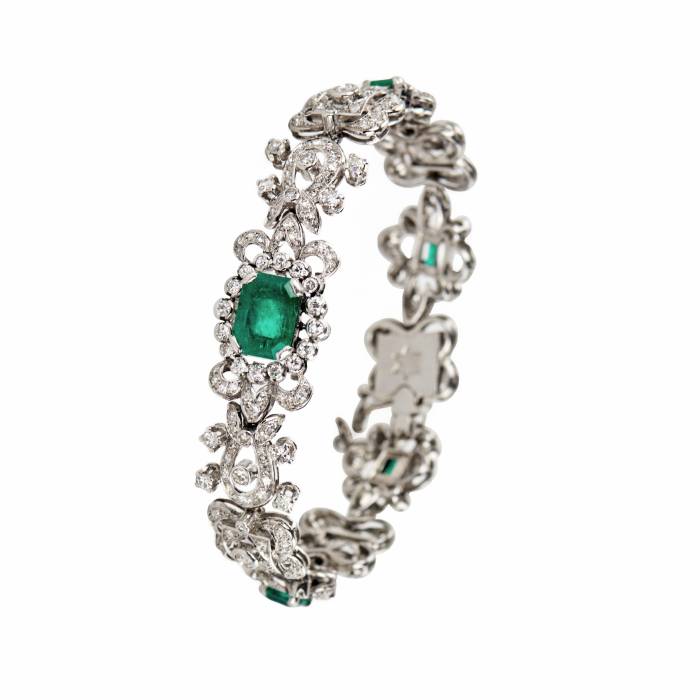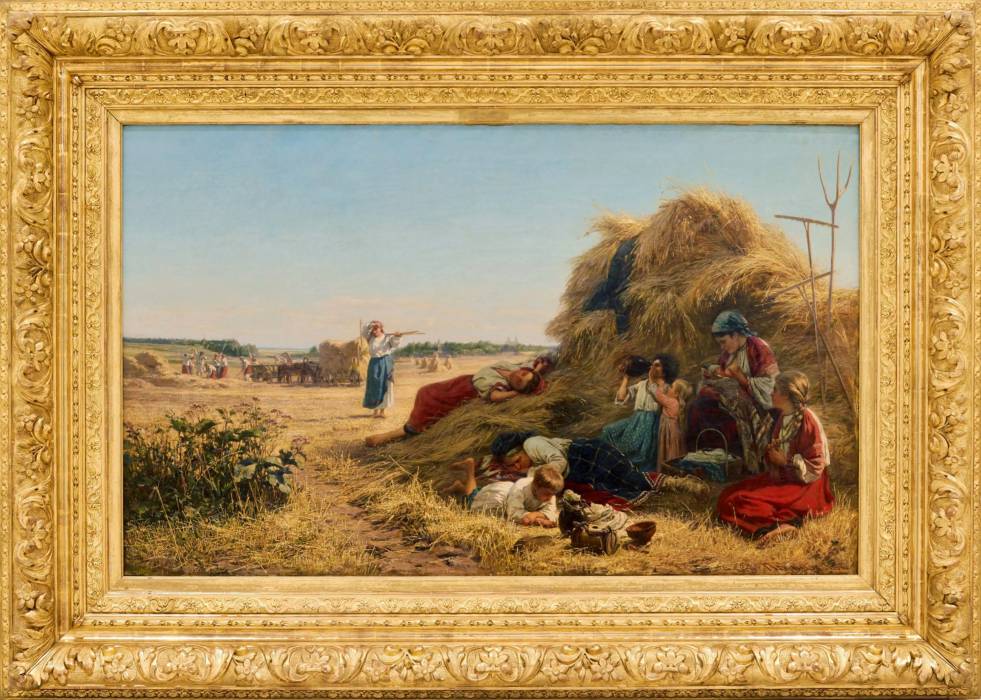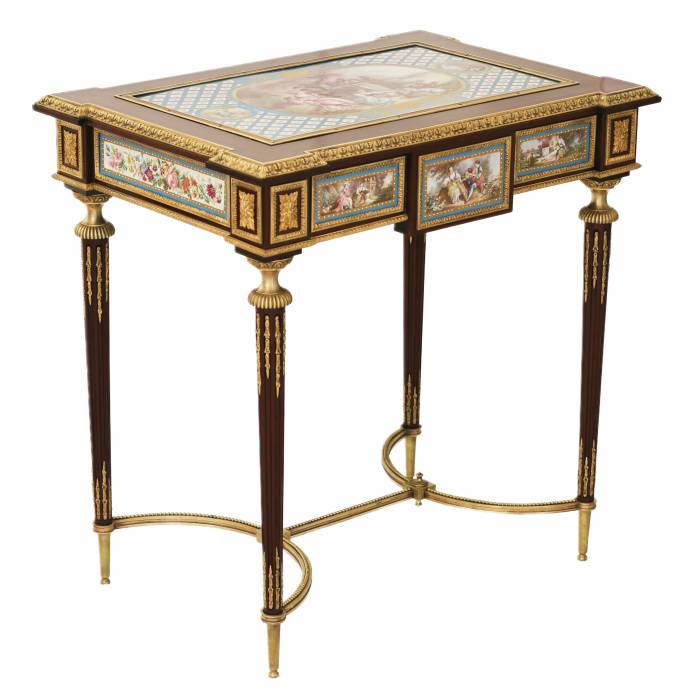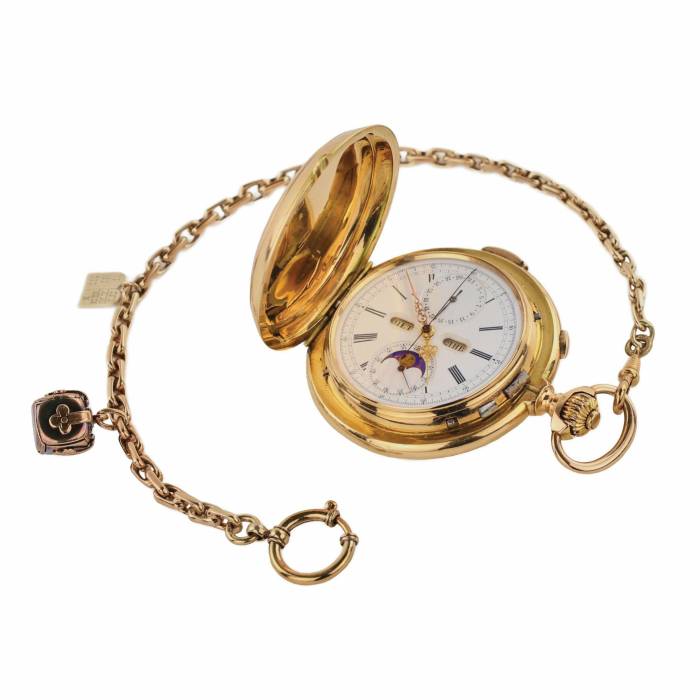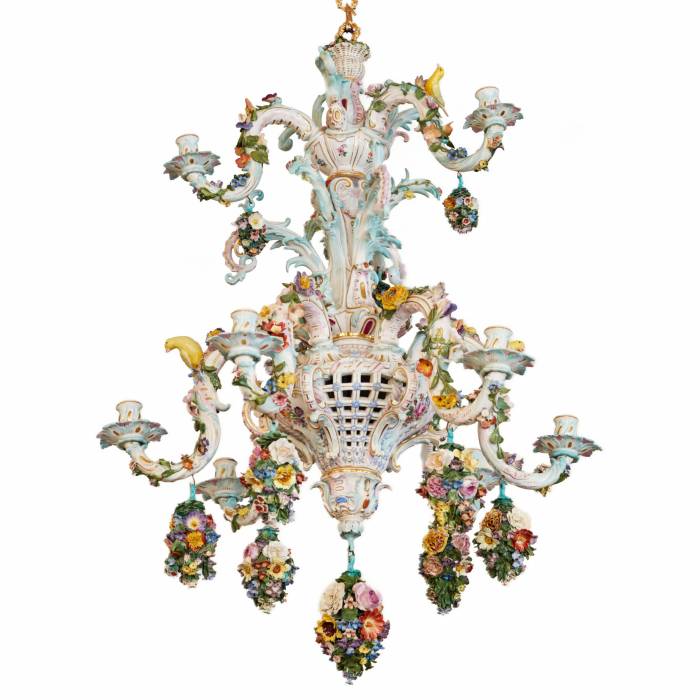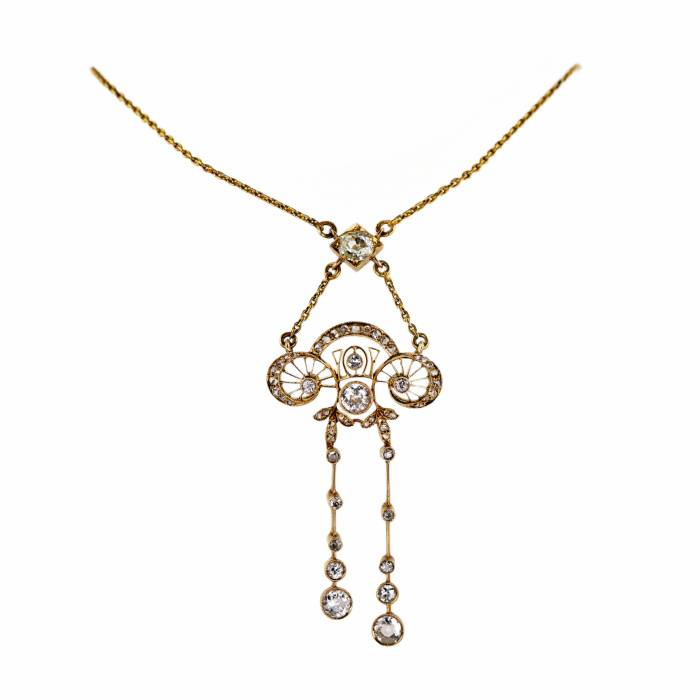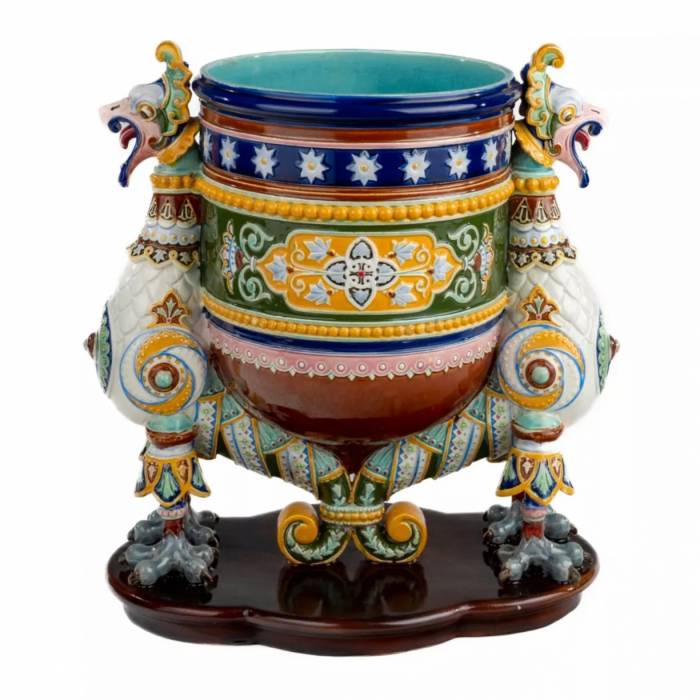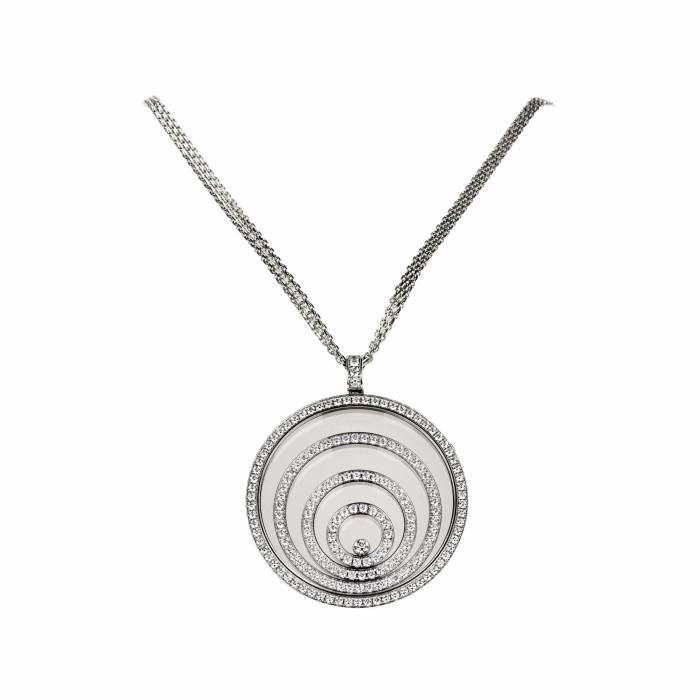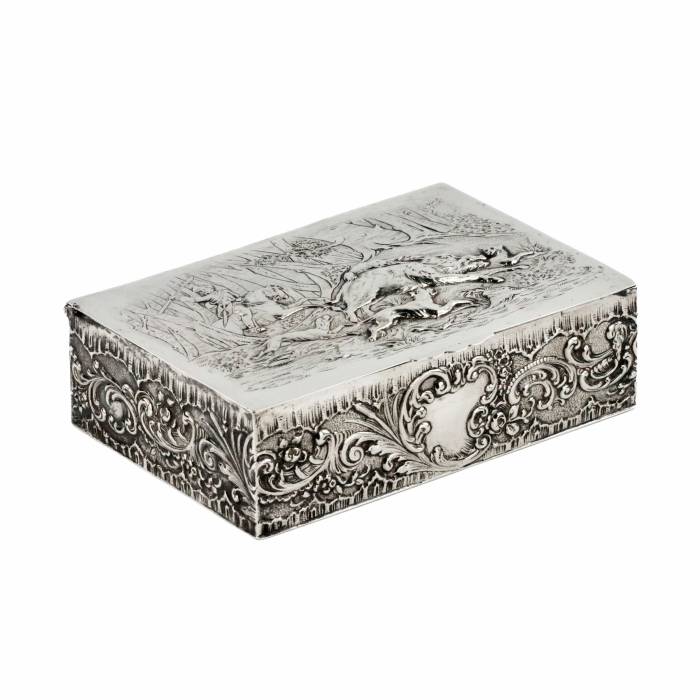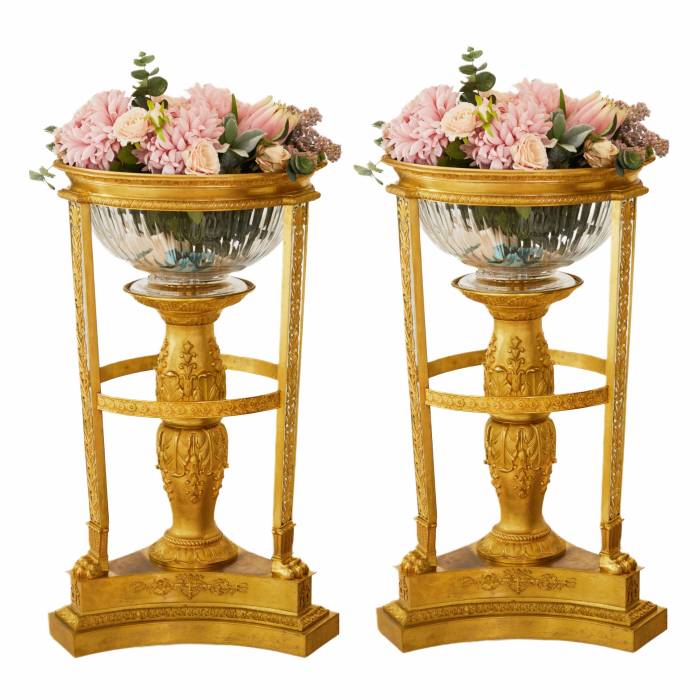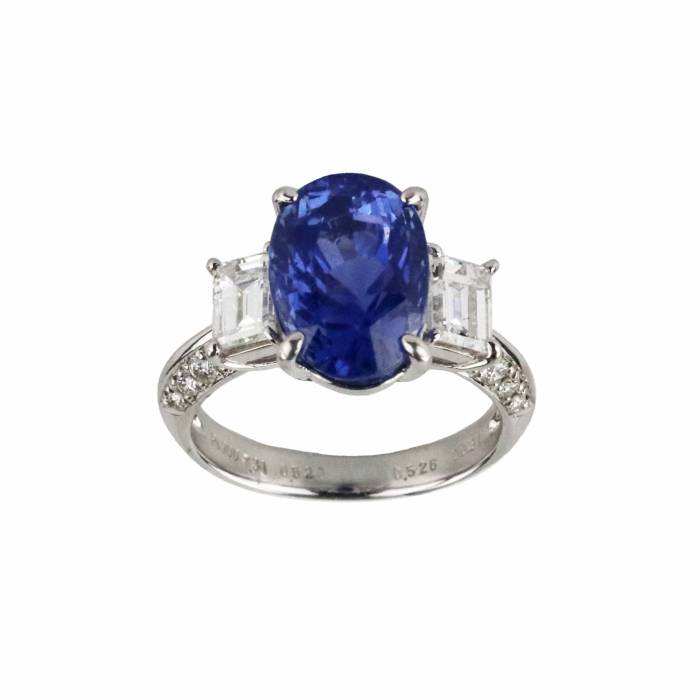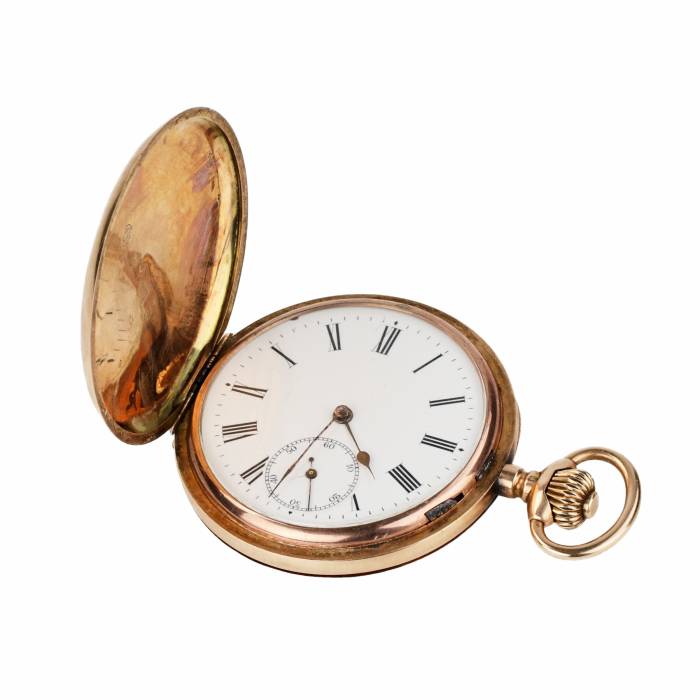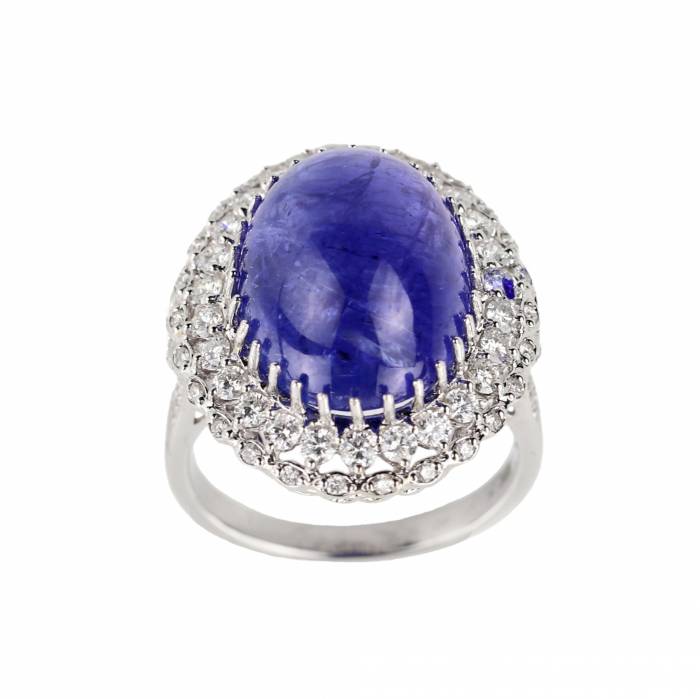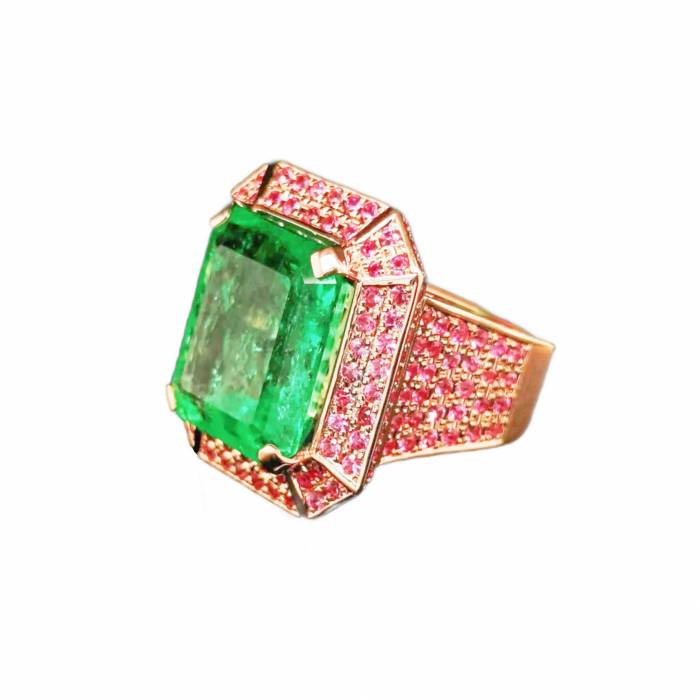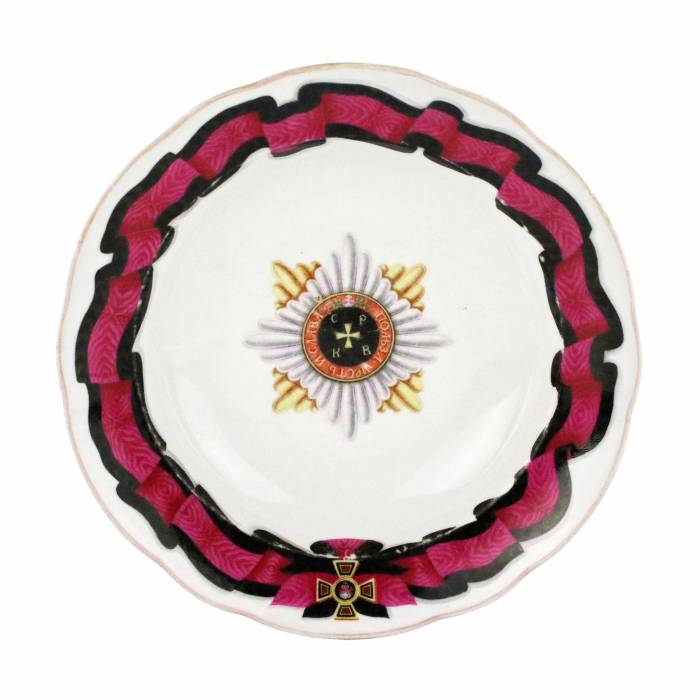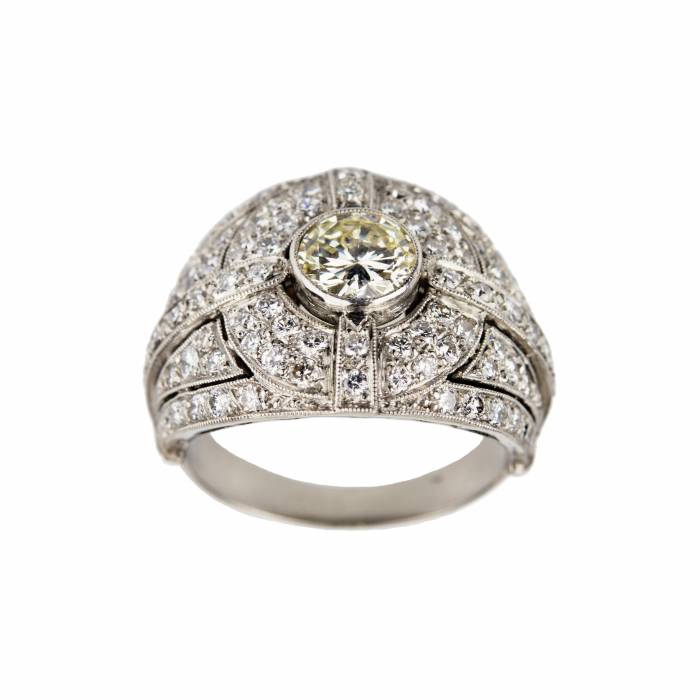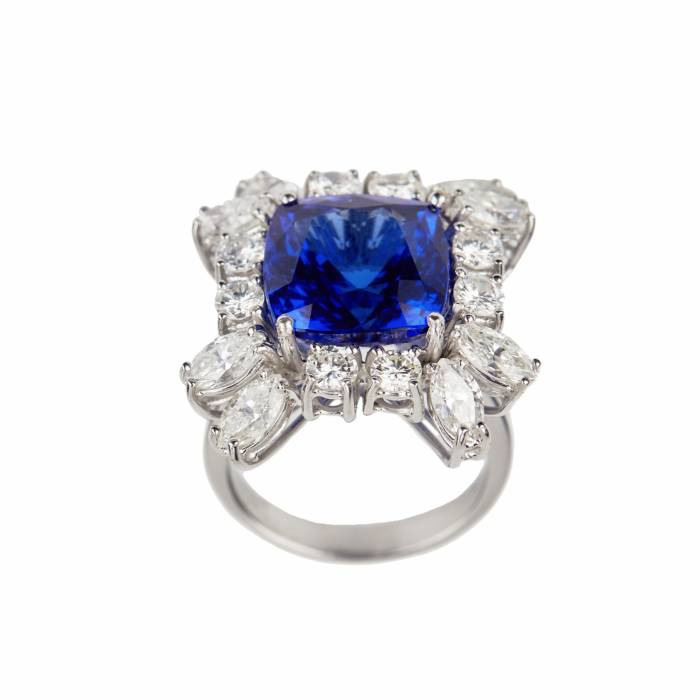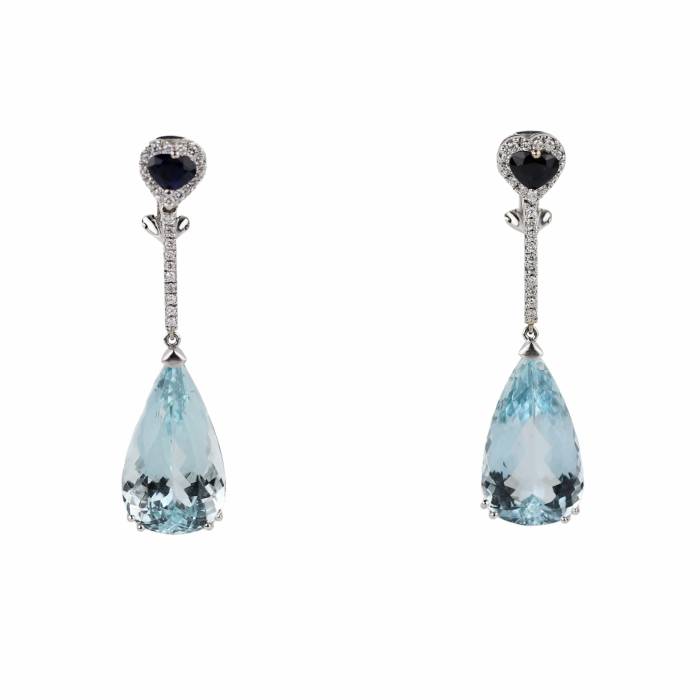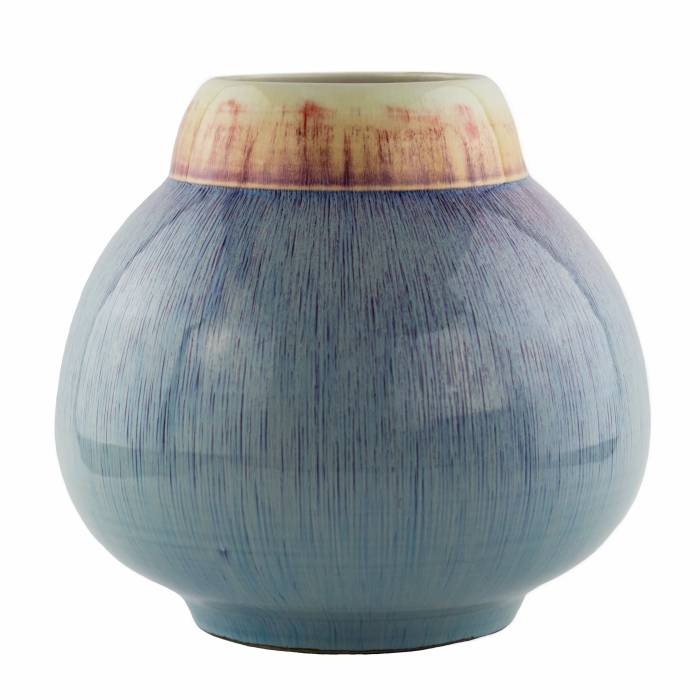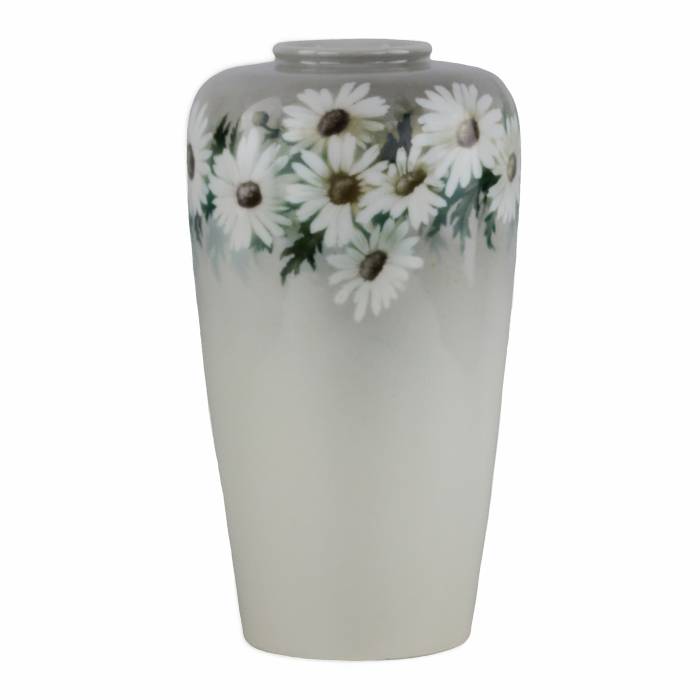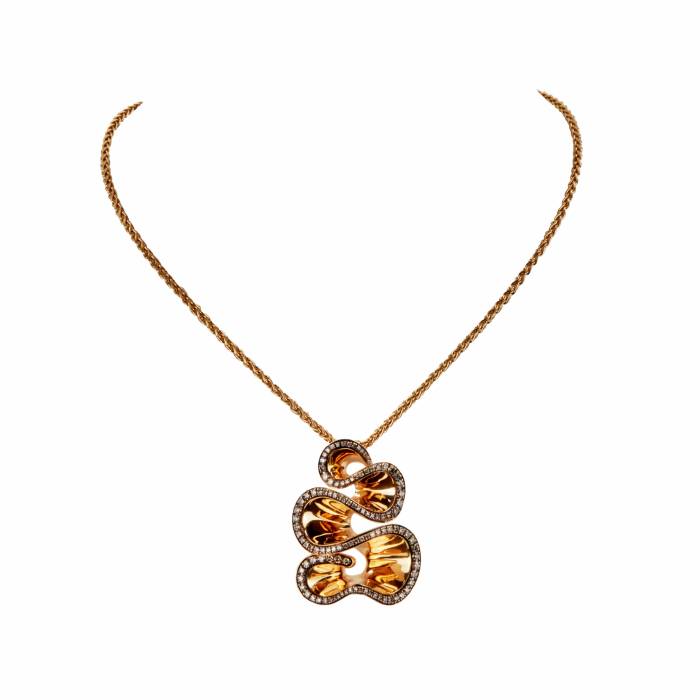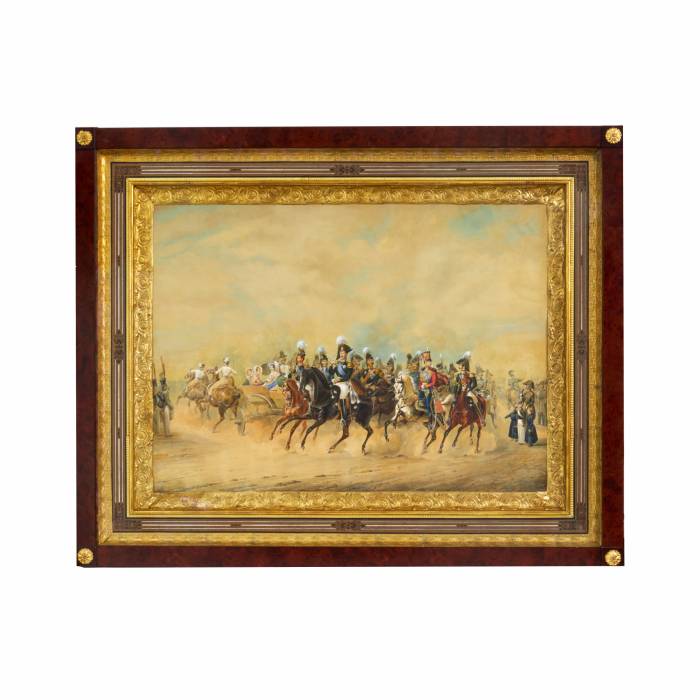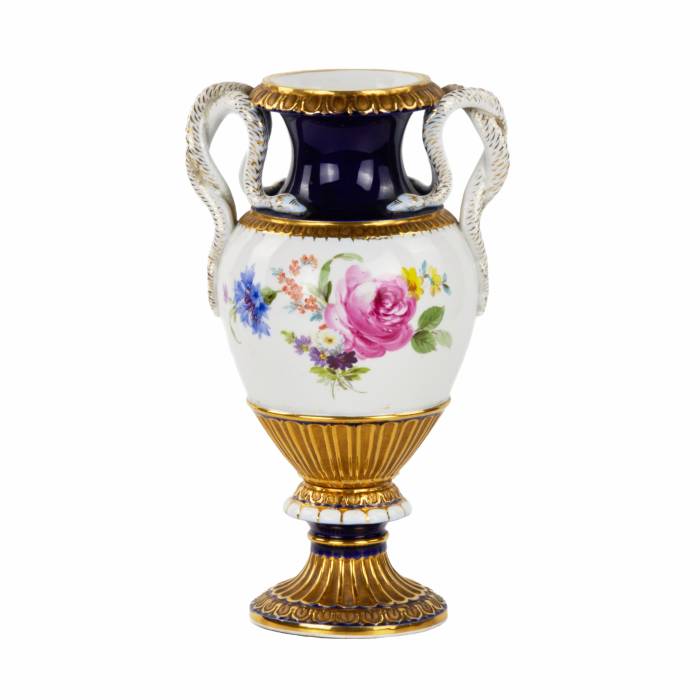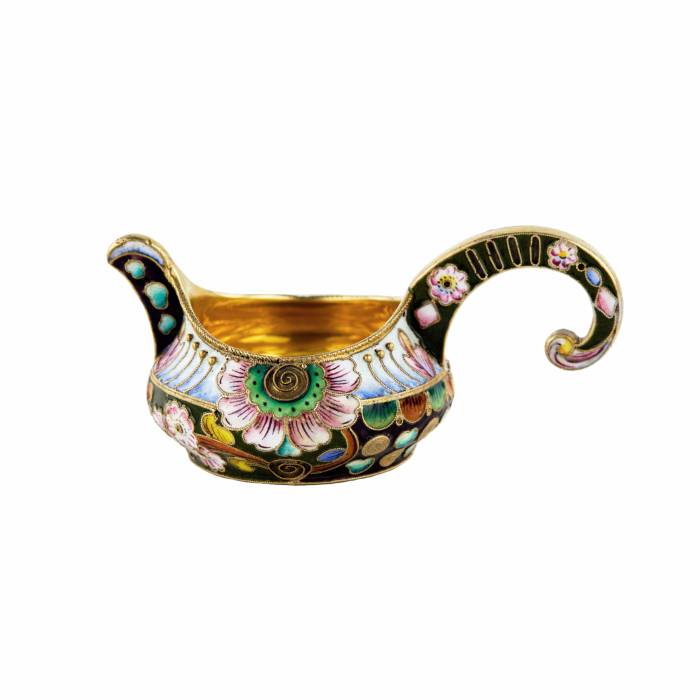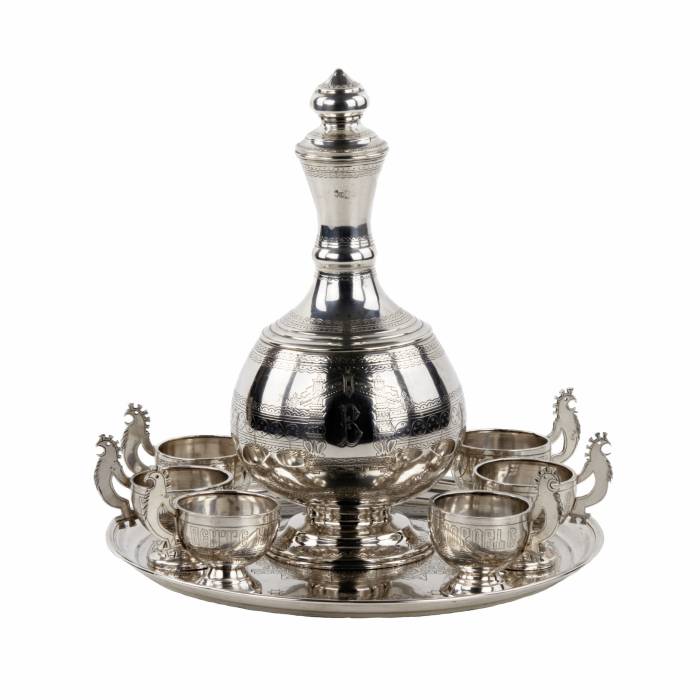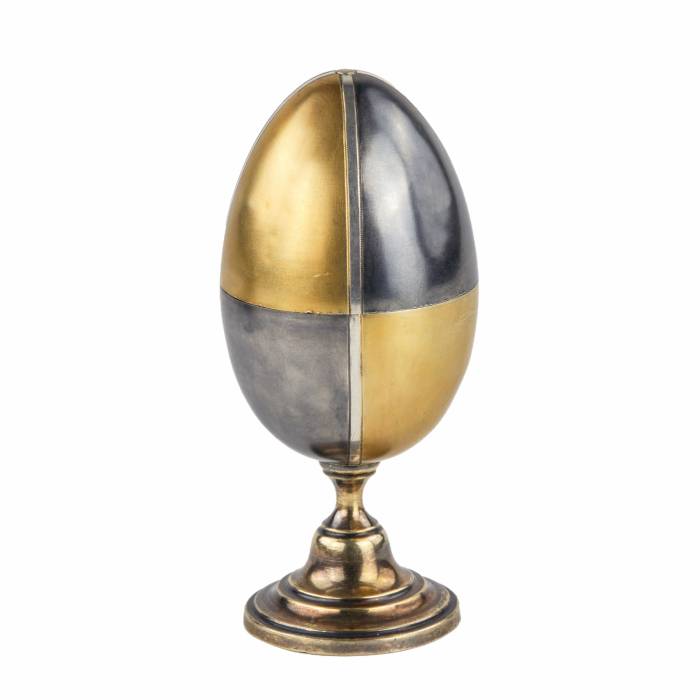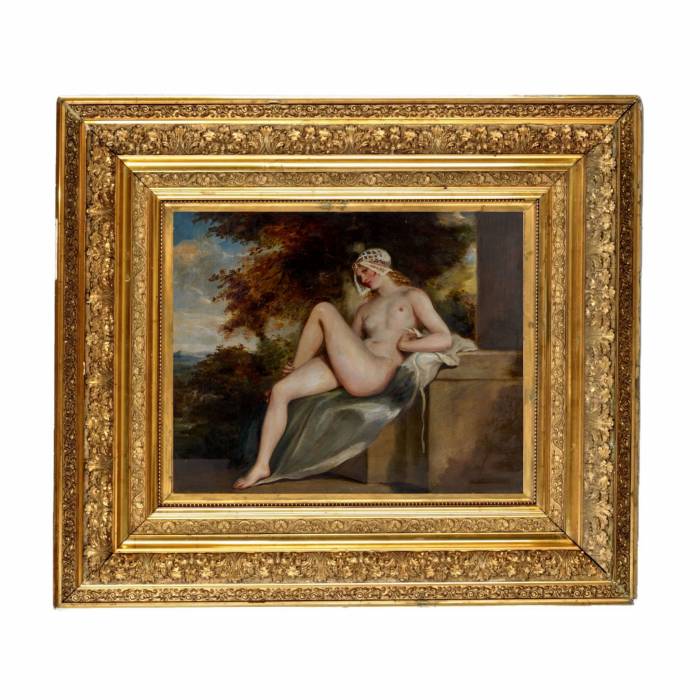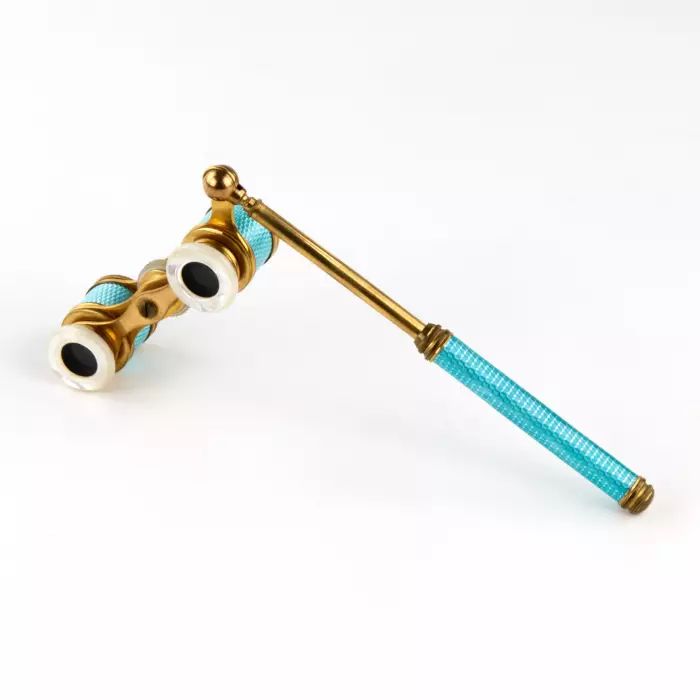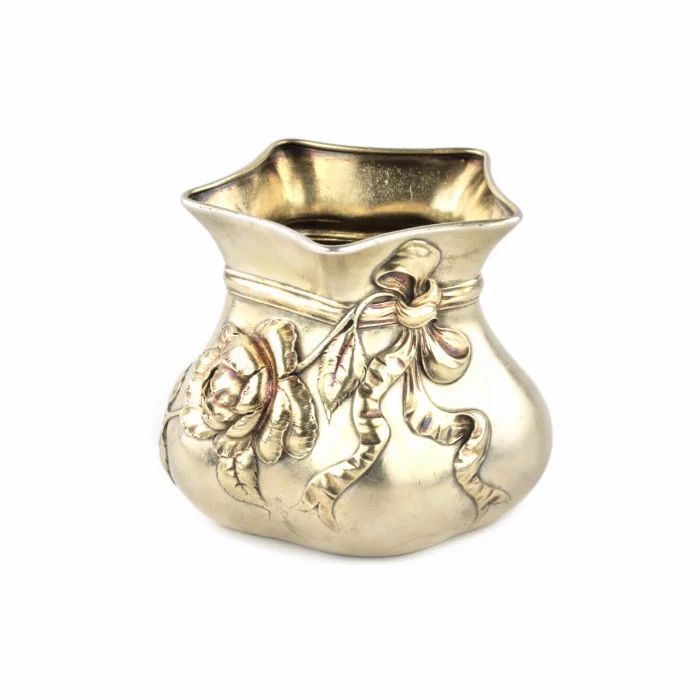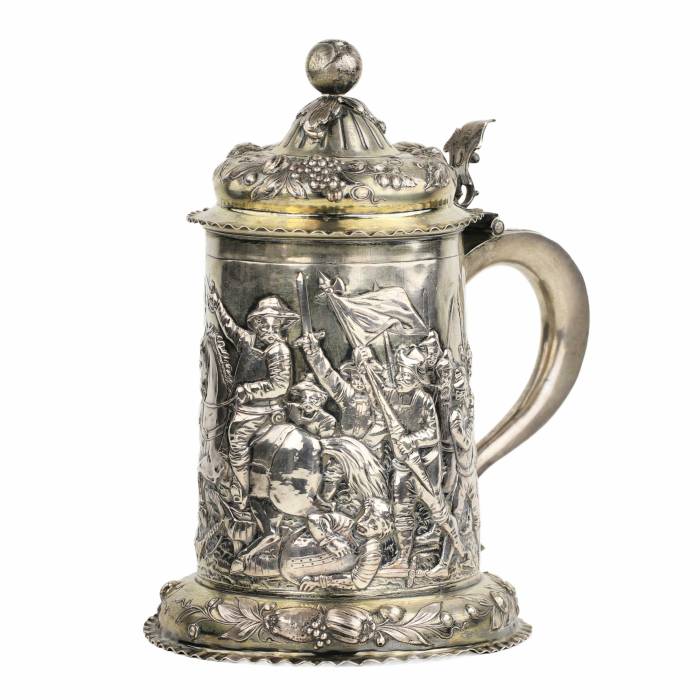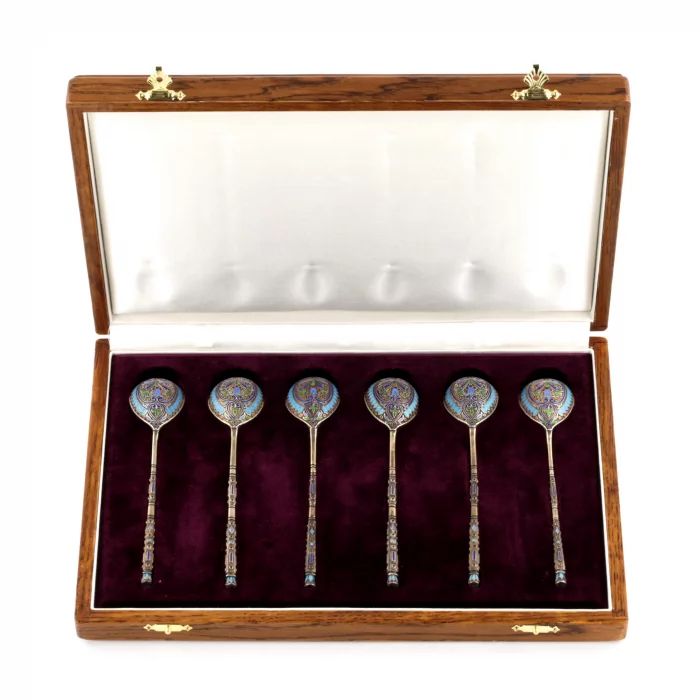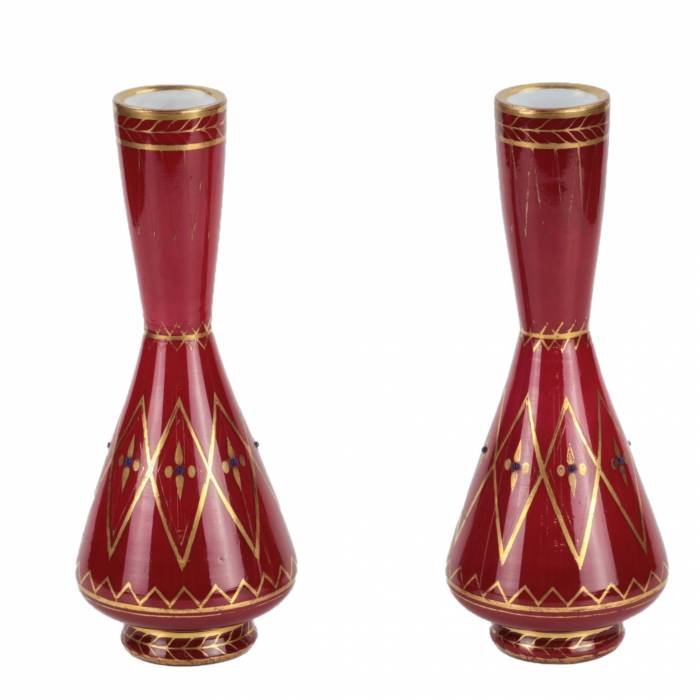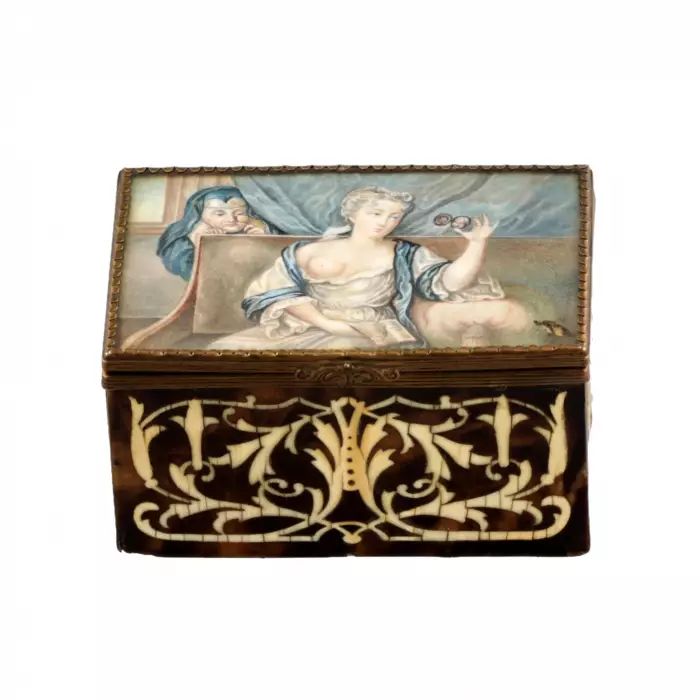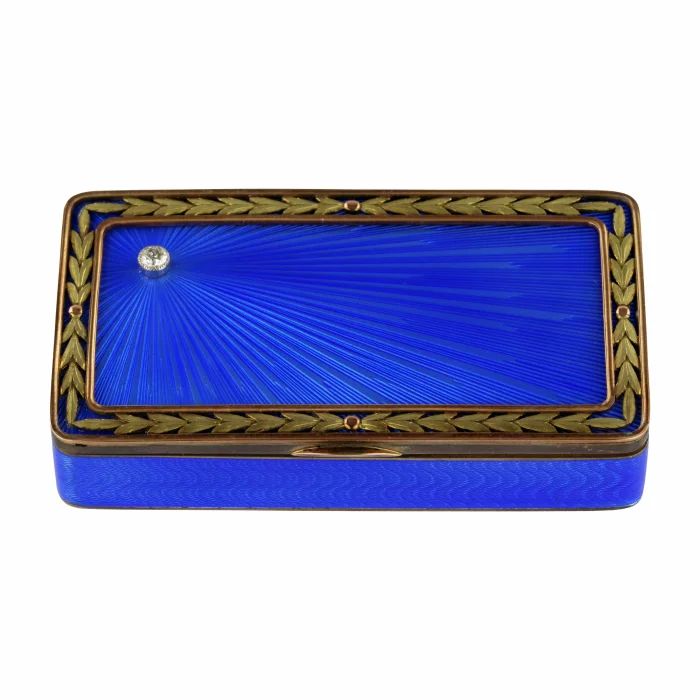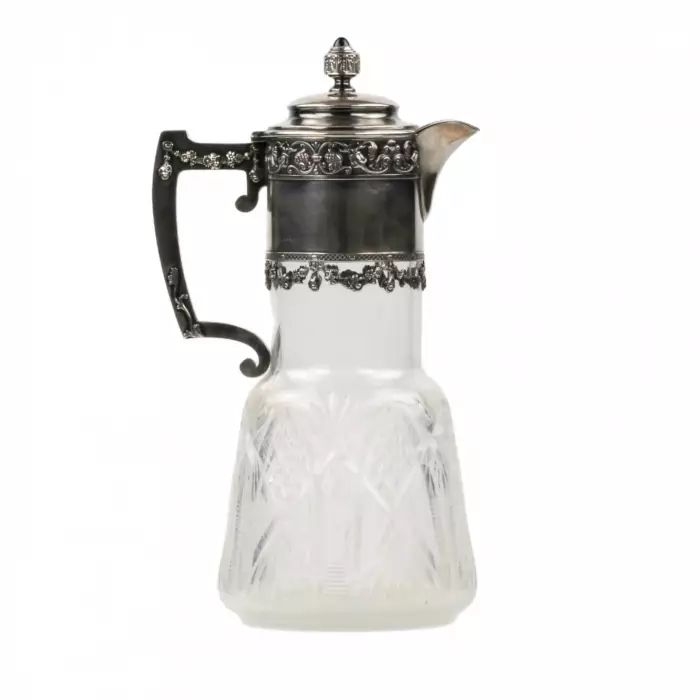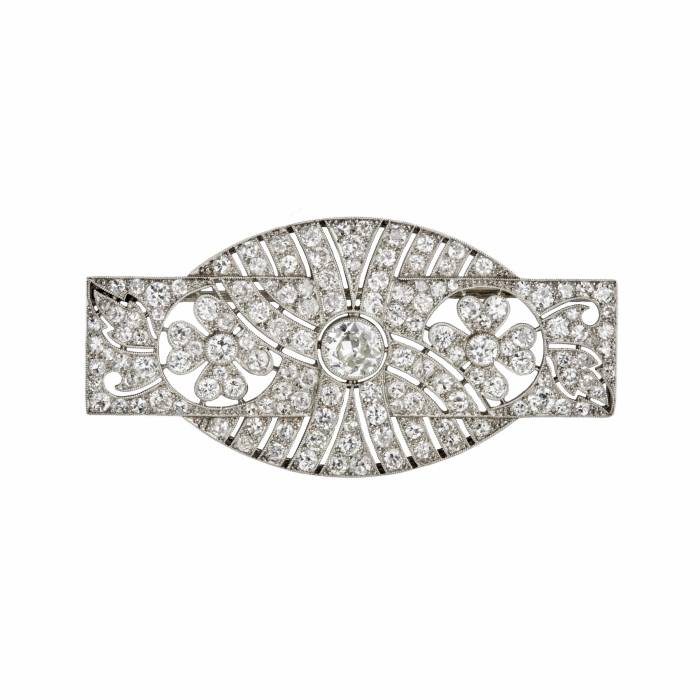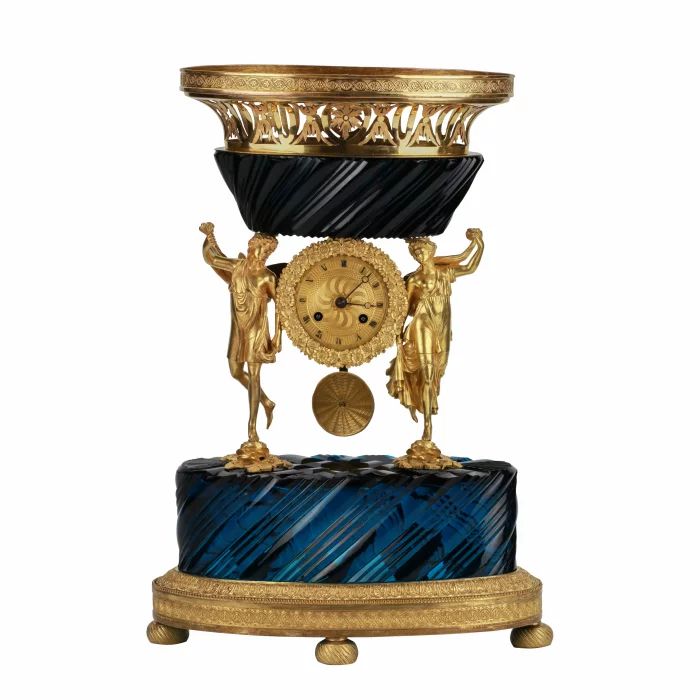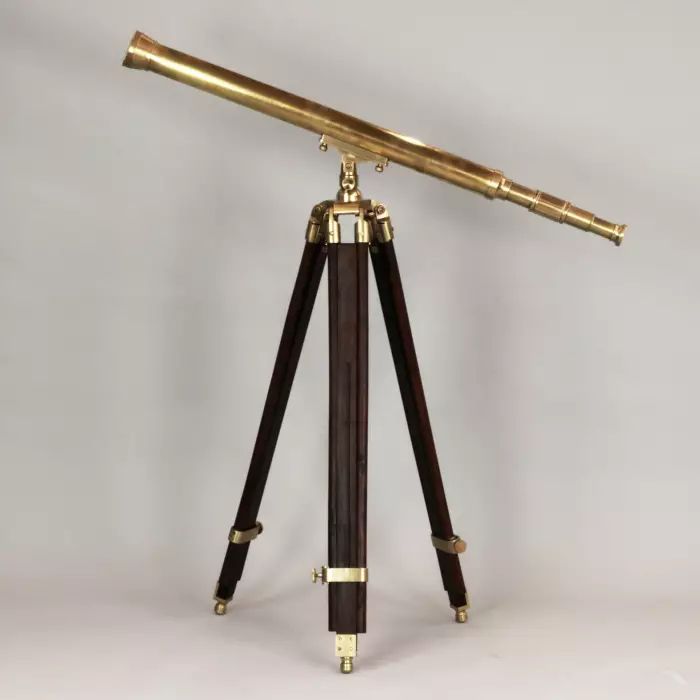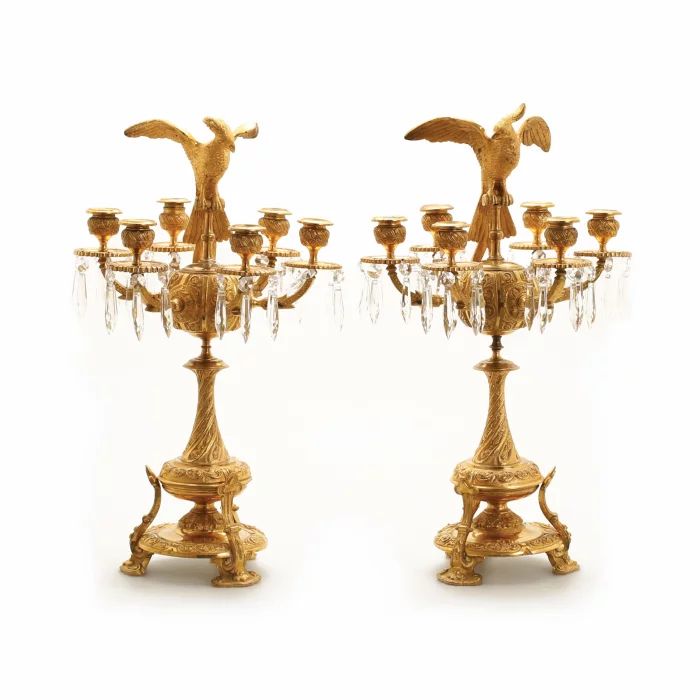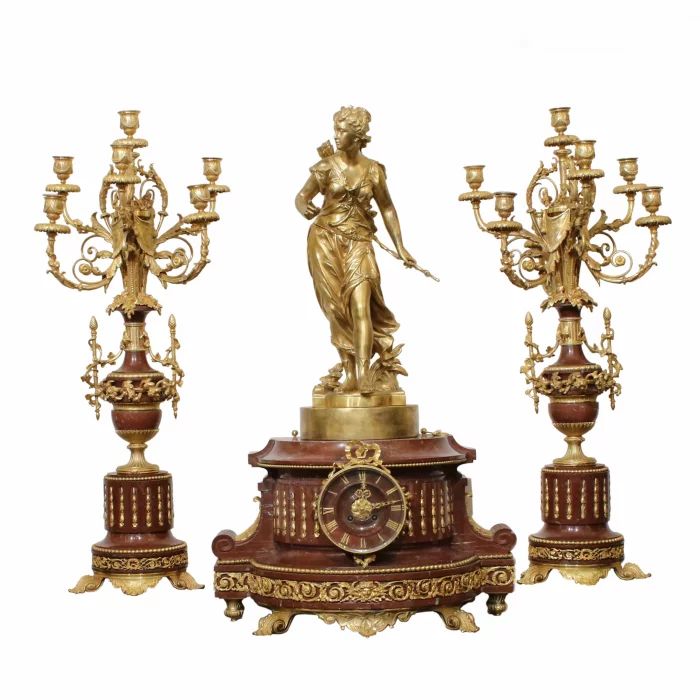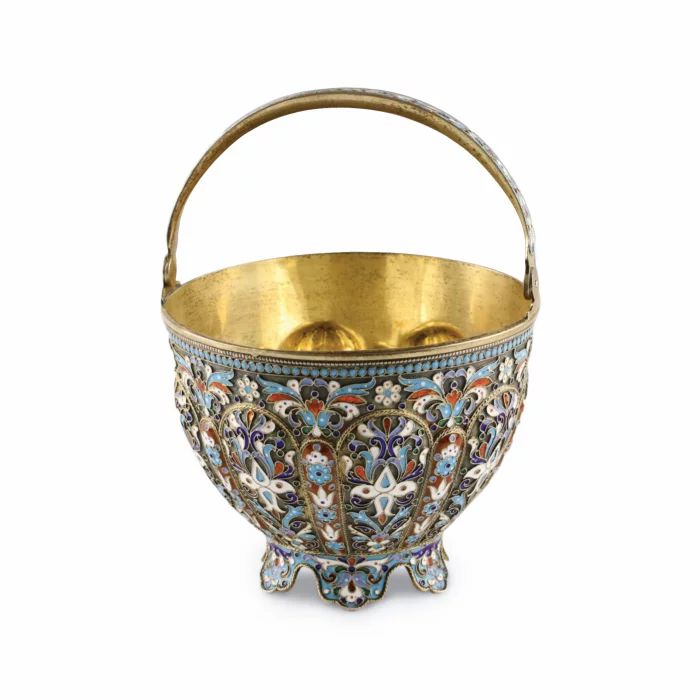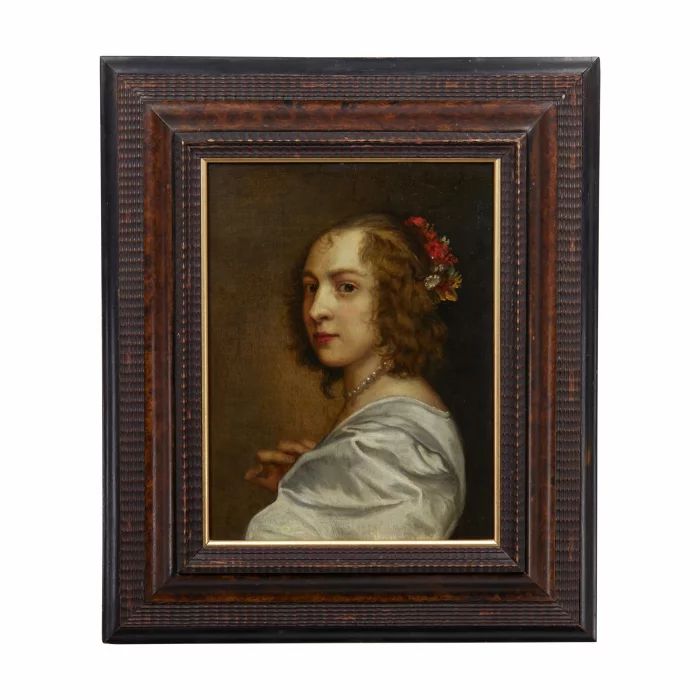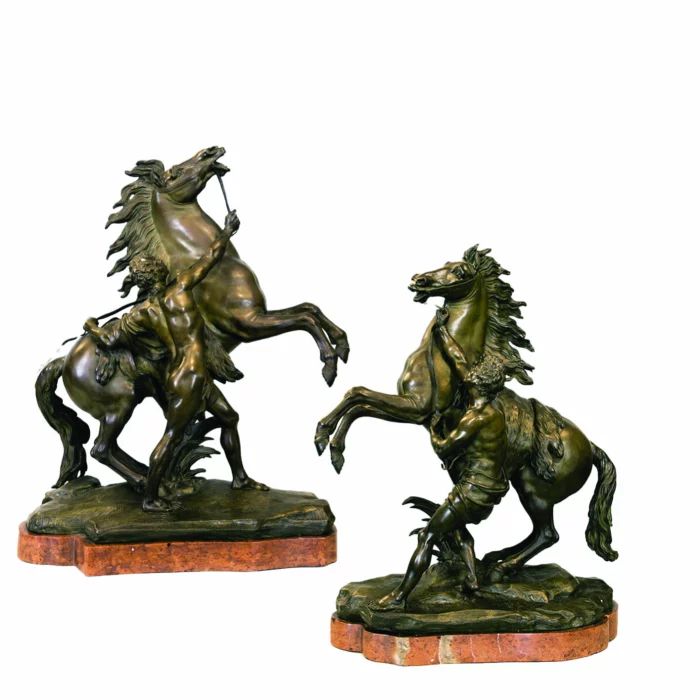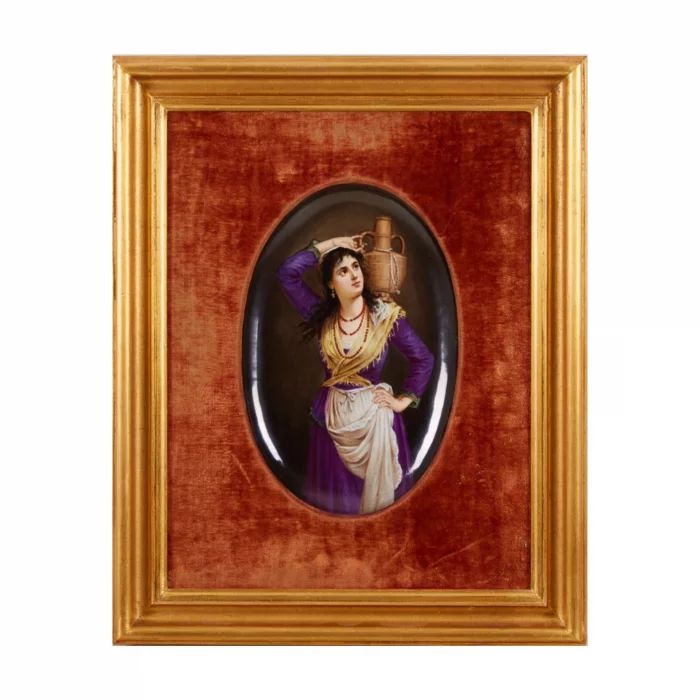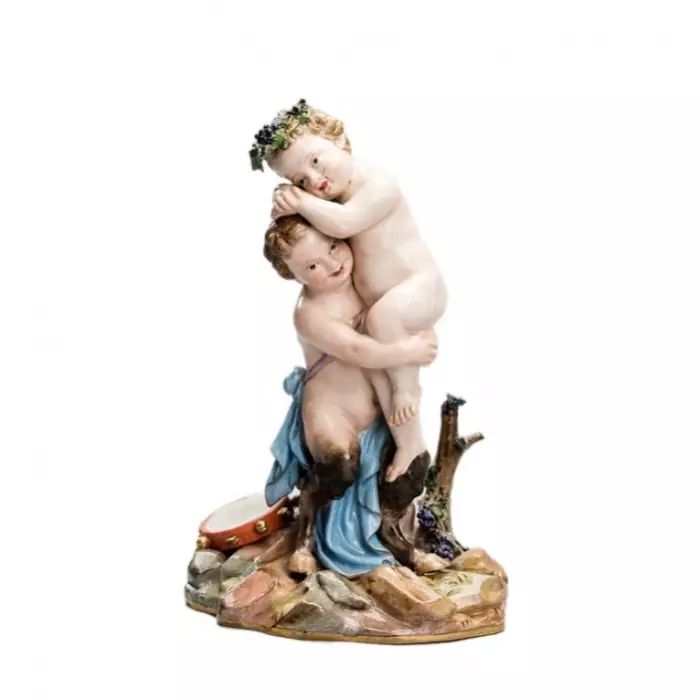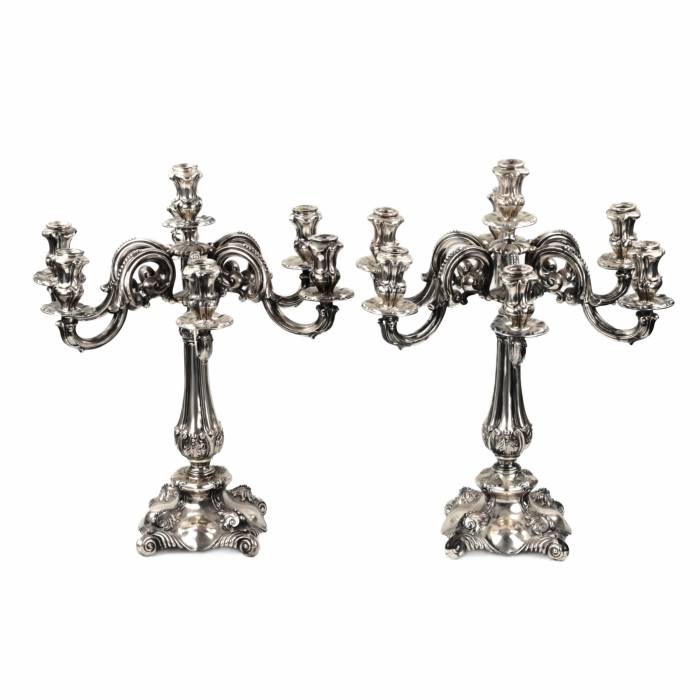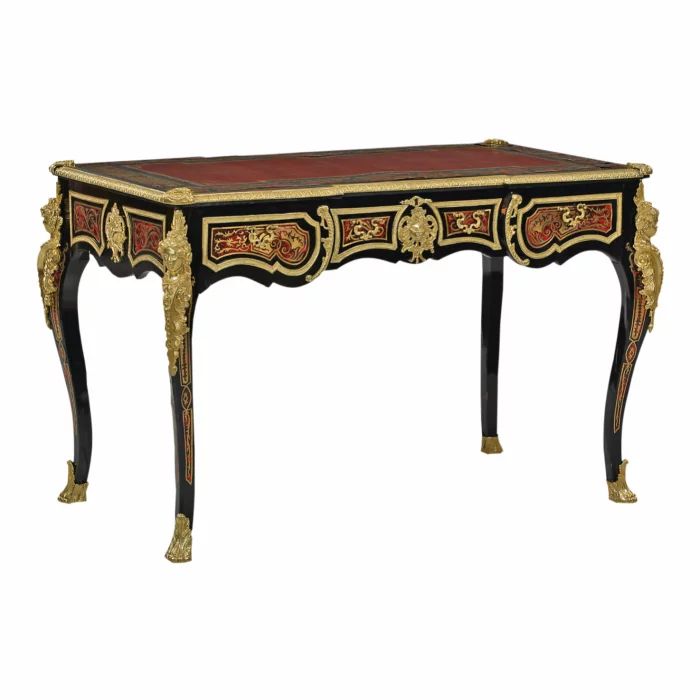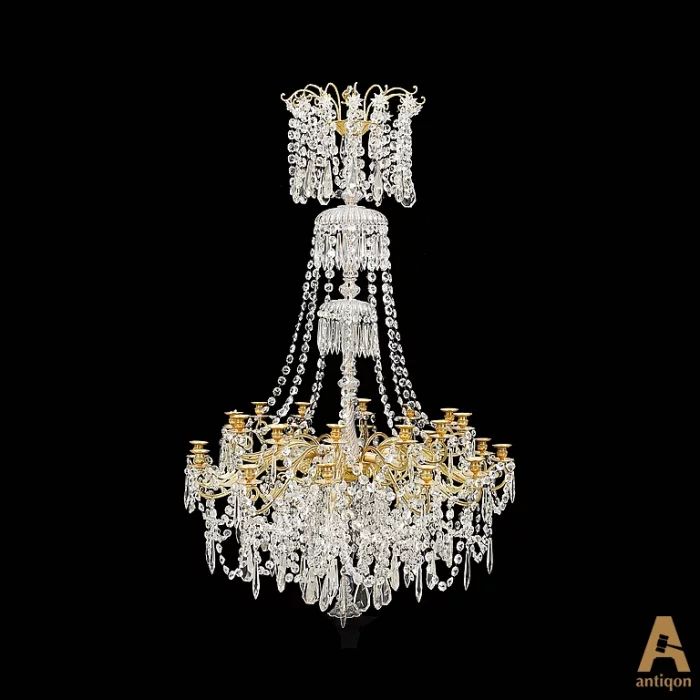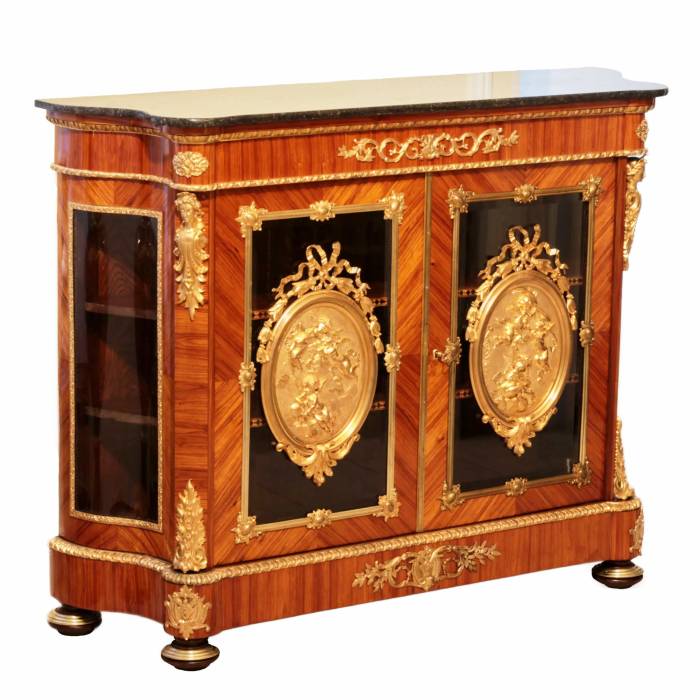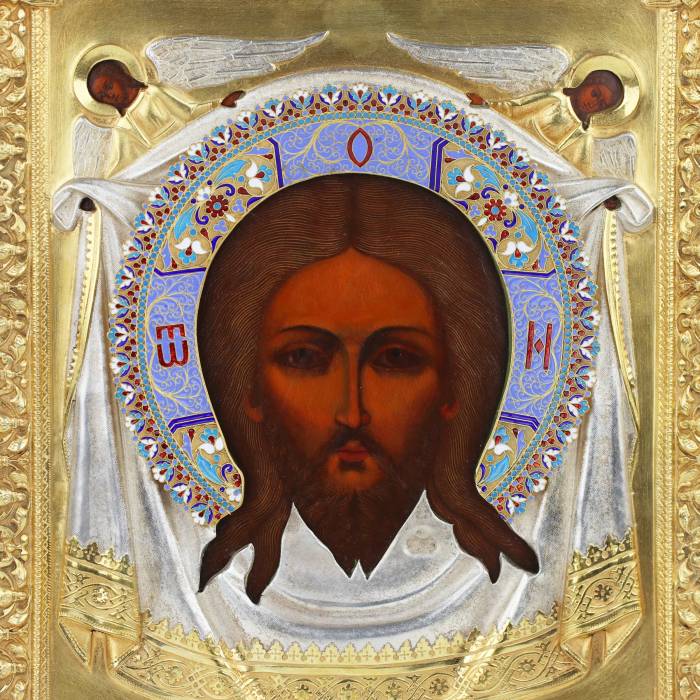The magnificent icon of the Savior Not Made by Hands, whose riza was created in 1894 at the renowned Moscow workshop of Ivan Filippovich Tarabrov, is a vivid example of Russian Orthodox art that harmoniously combines strict canonical tradition with unmatched jewelry craftsmanship. The image of Christ, painted in tempera on wood, stands out for its gentle features, expressive gaze, and profound spiritual depth. Two angels supporting the cloth with the miraculous image enhance the symbolism of the composition, embodying divine revelation and heavenly protection.The icon is enclosed in an exquisite gilded silver riza, adorned with elements created in the cloisonné enamel technique. The visage of the Savior, depicted on the cloth (ubrus), is crowned with an enamel halo, where rich shades of red, blue, and white on a gilded and blue background emphasize the sanctity of the image. Under the red enamel, gold foil is applied—a distinctive technique of the Tarabrov workshop, lending the riza its characteristic brilliance.The cloth (ubrus) featuring Christ’s visage is embellished with chased patterns on the silver background, its edges decorated with embossed Russian motifs executed on a gold base. The corner plates on the fields of the riza are adorned with floral ornaments in the filigree technique, filled with enamel, adding refined decorative qualities to the riza. The fields are further enhanced by elegant plant motifs in high relief, framed by two engraved borders, which underscore the harmony and sophistication of the composition.Every detail of the riza speaks of meticulous precision and refined artistic taste, highlighting the sacredness and grandeur of the composition.Marks:Assay master Oleks Lev Fyodorovich – mark L • O with a line and the year 1894.Moscow city hallmark – the image of Saint George slaying the dragon.Maker’s mark: Ivan Filippovich Tarabrov – initials IT in an oval shield.Techniques and materials:Wood, tempera, silver, cloisonné and champlevé enamel, gilding, chasing, and engraving.Dimensions: 31.5 × 28 cm.
The Savior Not Made by Hands is not only a significant object of spiritual heritage but also a unique monument of Russian art. The work of Ivan Filippovich Tarabrov, whose creations adorn the collections of the State Historical Museum and the Kremlin Armoury, seamlessly combines Orthodox canon with outstanding jewelry craftsmanship, making this icon a true gem of its era and an exceptional example of art.
Material:
Silver 84, Cloisonné enamel, Gilding


